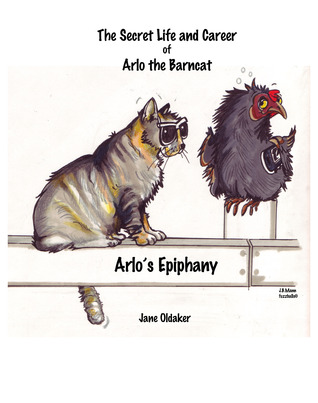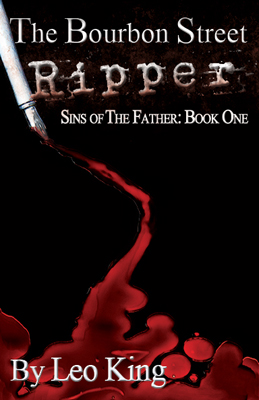First Paragraph:
"Louise saw her first. "Stop the van!"
"No way." The driver spun the wheel to the left to carve a path between the young woman in their path and a twisted, blackened hunk of machinery. "She's not our problem."
A Wasting Time by William Esmont is a short novella set in a dystopian world. Sometime in the future, robots are very real and now do the jobs no human wants. For example, working the mines. Robots drill through the rock and find anything of use. However, bringing in the robots doesn't free the men. As is turns out, quite a few men are needed to service the robots and keep them going.
One of these men is Angus Mundy, who uses drugs to keep himself going throughout the very long days. Unfortunately, he also owes a "Mafia-type" boss a lot of money. The boss gives him a choice, setting up the plot of this very short story.
In this world/future the drug Angus uses is J4X or JAX (to give it its street name). What the drug is isn't important though. This is a story more about Angus and his daughter Hilary and how much damage drugs can do. Not just to one person, but to everyone around them too. Since the book is short, the slippery slope is very abrupt, but I suppose it's representative of how quickly a person's life can spin out of control.
I know we've seen this plot a million times, but still I was gripped by it. I keep saying it's a short story, but it really is. At only around 70 pages, the book was over before I knew it. At no point was I bored or put off by a topic that could very easily be repetitive and dull.
For such a short book, a lot happens. However, there's no real conclusion. We're brought full-circle to the beginning without any more knowledge of what's happening than when we began. I'm under the impression that this may be a series, so there'll probably be answers in the next book. If you cut out the beginning and the end, this could be a good book about the dangers of drugs, not just physical ones, but all the other ways they can damage peoples' lives. With the whole book, we need another part to have any closure. I'm looking forward to seeing the direction this series (if it is one) will go, because at the moment the story is incomplete.
If you've read any of the author's other books, this has his writing style all over it. We have a sporadic timeframe, the dystopian world, the very gritty, dark atmosphere and the very claustrophobic ambiance, that all combine to make a very tense read. A good story, but missing the next part.
Disclaimer: I received this book from the author through a giveaway. This is not a sponsored review. All opinions are 100% my own.




